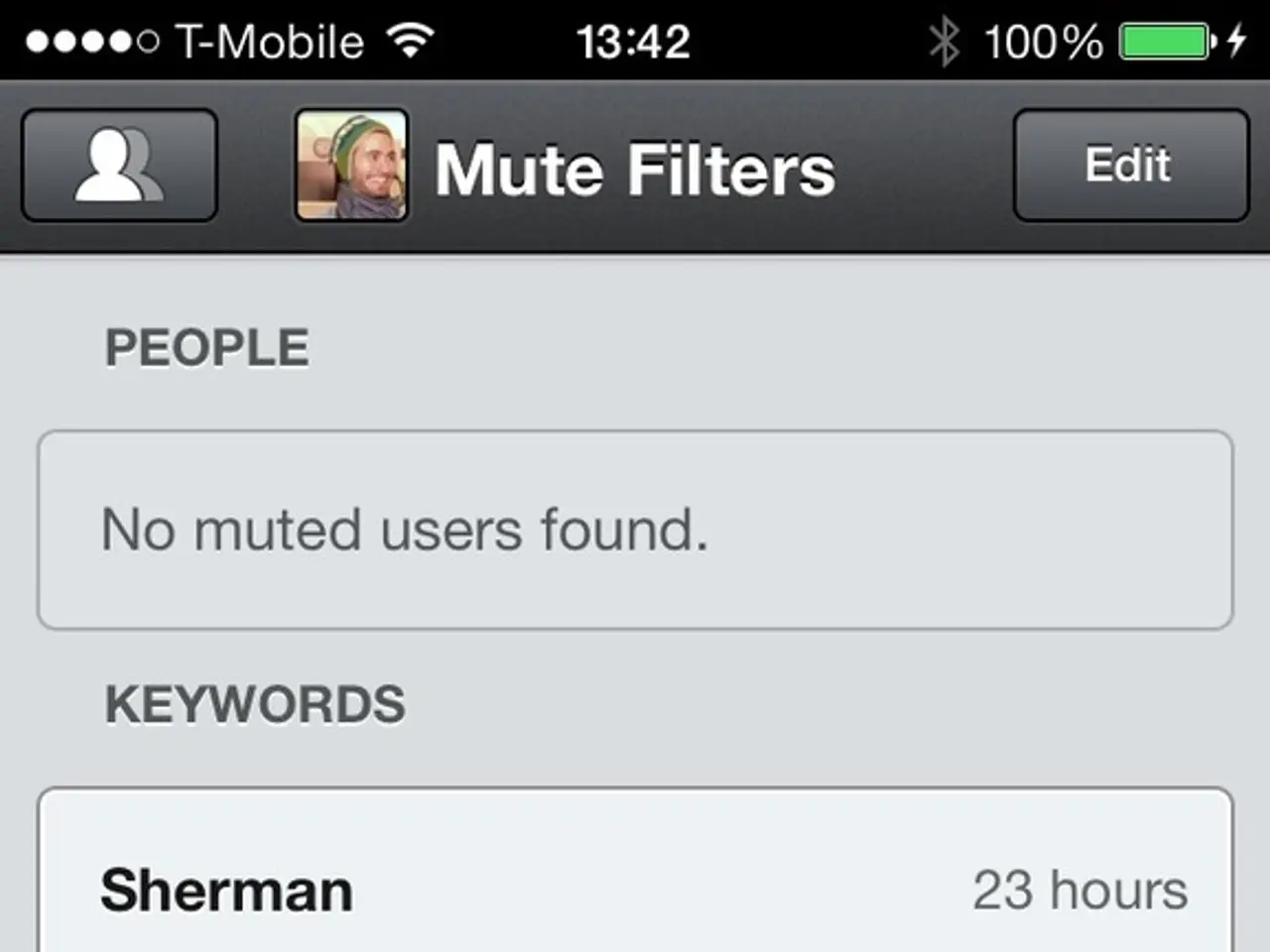FAA's Beyond Visual Line of Sight (BVLOS) Rule Now in Effect
The Federal Aviation Administration (FAA) has announced a new draft rule for Beyond Visual Line of Sight (BVLOS) drone operations, part of the proposed Part 108 framework. This rule aims to streamline the process for commercial drone operators to fly drones beyond their visual line of sight without needing special permissions for each mission.
Two-Tiered Authorization System
Under the new rule, operators will have to obtain FAA approval through a two-tiered authorization system based on operational risk. The system includes:
- Operator Permits for lower-risk, smaller-scale BVLOS operations, typically involving smaller drones with lower exposure to people.
- Operator Certificates for higher-risk, larger-scale BVLOS operations, involving larger, faster, or heavier drones.
This process replaces the previous slow case-by-case waiver system with a standardized, scalable approval system.
Key Components of the Approval Process
Key components of the approval process include:
- FAA acceptance of each drone model used in BVLOS operations.
- Approval for flight areas with defined boundaries, launch/landing points, daily flight expectations, and lost-link safety measures.
- Operators must ensure personnel are properly trained and qualified, but individual pilots do not need new FAA airman certificates specifically for BVLOS operations.
- Operations are limited to flying at or below 400 feet above ground level.
- Use of FAA-approved Automated Data Service Providers (ADSPs) to participate in Unmanned Traffic Management (UTM) systems for safe traffic separation.
- Drones must have autonomous detect-and-avoid technology capable of identifying and avoiding manned aircraft and obstacles.
- Compliance with secure Remote ID and communication standards.
- Additional oversight from the Transportation Security Administration with cybersecurity and security threat assessments.
Enabling Routine, Scalable BVLOS Flights
With this new rule, the FAA aims to enable routine, scalable BVLOS flights beyond the past waiver-based limitations. The rule introduces integrated traffic management and security oversight, creating operational limits and enhancing technology requirements. This includes the use of Remote ID and other communication standards, as well as a 400-foot altitude limit and the use of autonomous detect-and-avoid technology.
[1] FAA. (n.d.). Beyond Visual Line of Sight (BVLOS) Aviation Rulemaking Committee (ARC) Recommendations. Retrieved from https://www.faa.gov/uas/policy_guidance/arcs/bvlos/
[2] FAA. (n.d.). Part 107 Waivers. Retrieved from https://www.faa.gov/uas/resources/waivers/
[3] FAA. (n.d.). BVLOS Demonstration Program. Retrieved from https://www.faa.gov/uas/beyond_vloos/
[4] FAA. (n.d.). Unmanned Aircraft Systems (UAS) Traffic Management (UTM). Retrieved from https://www.faa.gov/uas/traffic_management/
[5] FAA. (n.d.). Security and Privacy. Retrieved from https://www.faa.gov/uas/beyond_vloos/security_and_privacy/
- The Federal Aviation Administration's (FAA) new draft rule for Beyond Visual Line of Sight (BVLOS) drone operations, part of the proposed Part 108 framework, introduces a two-tiered authorization system for commercial drone operators.
- Under this system, operators will need FAA approval for lower-risk, smaller-scale BVLOS operations, termed Operator Permits, which usually involve smaller drones with lower exposure to people, as well as for higher-risk, larger-scale operations, requiring Operator Certificates, which involve larger, faster, or heavier drones.
- The new rule replaces the previous case-by-case waiver system, streamlining the approval process with a standardized, scalable system.
- Key components of the approval process include FAA acceptance of each drone model used in BVLOS operations, defined flight areas, safety measures, trained personnel, technology requirements such as Remote ID and unimpeded communication standards, and oversight from the Transportation Security Administration for cybersecurity and security threat assessments.




